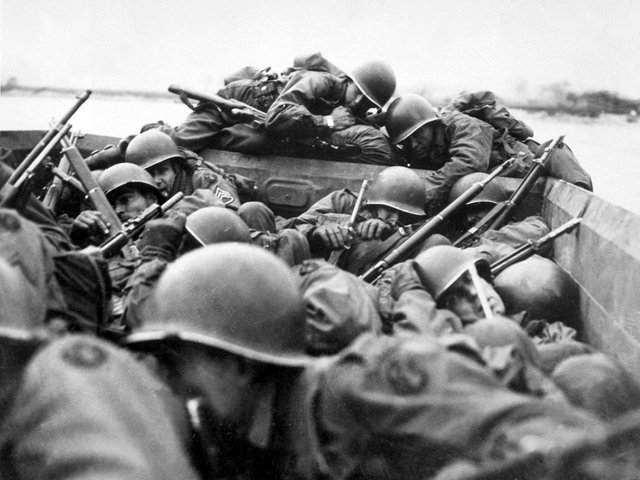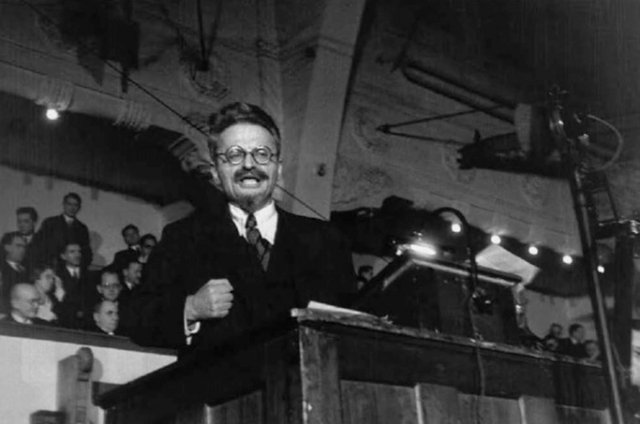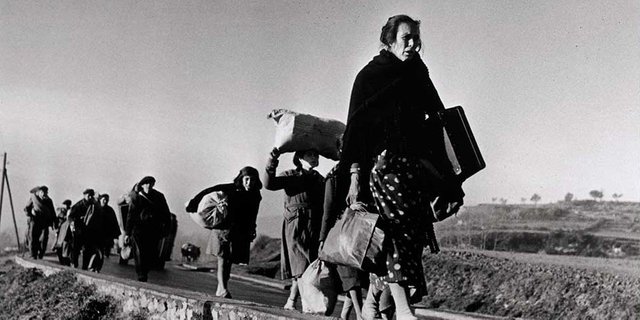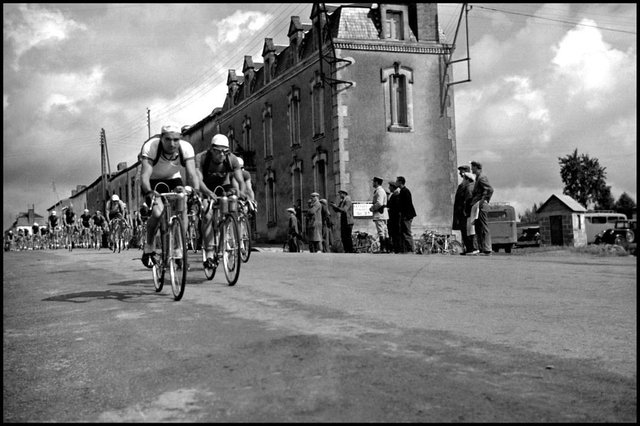His life
He was born on October 22, 1913 in Budapest in a Hungarian Jewish family; Her parents Pedro and Sophie Friedmann own a couture house in Pest.
At the age of seventeen, he was arrested for taking part in the political activities of leftist students. The authoritarian political regime of Admiral Horthy frees him on condition of leaving his native land. He left for Berlin in July 1931. He was then a teacher of the writer Lajos Kassák and set himself the goal of a career in journalism.
He met Simon Gutman, founder of the photo agency Dephot (Deutscher Photodienst), which gives him the opportunity to cover his first subject, Leon Trotsky. In November 1932 he left for Copenhagen, for the justice of the peace and for the assassins under Stalin's orders.
Jewish, he left Germany in 1933 when Adolf Hitler came to power, won Vienna but the Christian-Social Chancellor Engelbert Dollfuss and established a clerical-fascist dictatorship, also finally emigrated to Paris in the autumn of 1934.

Normandy landings by Robert Capa
Magnum photographic cooperative
He covered the greatest conflicts of his time. In 1947, he founded the photographic cooperative Magnum with David Seymour, Henri Cartier-Bresson, William Vandivert and George Rodger. Magnum certainly includes the most famous photographers and photojournalists in the world.

Trotski by Robert Capa
Capa and his friends decide to create a cooperative and not an agency to allow photographers to keep all rights to their photos, which was not the case in traditional agencies.
The Magnum collection includes a wide variety of subjects including : family, drugs, religion, war, poverty, famine, crime, government and celebrities.
At that time he maintained a great friendship with the American writer John Steinbeck. They leave together in the USSR in 1947. From this trip is born the book A Russian Journal, illustrated by Capa. At the same time, he pursued his activities as a fashion photographer.

D day by Robert Capa
The Capa style
For a photograph to have the Capa style, it must be taken closer to "man" and action. He is interested in the ephemeral of life, the fragile moments of existence.
In all his photographs, Robert Capa tried to take the moment when man was facing danger, sometimes death, truth. To do this, the photographer must be as close as possible to the danger, too. Robert Capa even said, "If your picture is not good enough, it's because you were not close enough." Some people attribute this sentence to Gerda Taro. It is for this reason that its most famous photographs are badly framed and often blurred. He mostly took them up or down, the stabilization of the catch being very often impossible.

Spain war by Robert Capa
For example, he photographs a runner of the Tour de France in his rest room with his wife and children; He also photographs the ravaged face of a Spanish woman refugee. His gaze is that of a humanist, not really that of an artist. He is the simple witness of the happiness and sorrow of men.
Since 1955, the Robert Capa Gold Medal Award has been awarded by the Oversea Press Club of America (OPC) for the "Best Great Photographic Reported Publication Requiring Outstanding Courage and Initiative" (Best published Photographic reporting from abroad requiring exceptional courage and enterprise).

Tour de France by Robert Capa
Capa forger ?
It is during this stay in Spain that he takes the photograph that will earn him his great fame and that will be at the origin of the myth Capa. Entitled Death of a Republican Soldier, she represents a soldier of the Republican forces, in a white shirt, collapsing after being hit by a bullet. This photograph symbolizes the Spanish war and remains engraved in the collective memory. Nevertheless, a controversy over the authenticity of the photo began in 1970. However, an investigation revealed the identity of the soldier: the anarchist militant Federico Borrell Garcia, who was killed on 5 September 1936, the day Capa Took the photo; The controversy stops for a while, but it resumes a few decades later when the Catalan newspaper El Periodico claims in July 2009, comparative photos in support, that the photo was not taken near Cerro Muriano but near The town of Espejo, fifty kilometers away, where there was no fighting at the time of the shooting. An additional argument in support of the fraud thesis is that Capa took two pictures of different Republican soldiers there (one of the two photos became more famous than the other) in the eyes of some, The fall of two soldiers exactly at the same point in front of an apparatus in the same position would be a hardly credible chance.

The Famous death of Republican Soldier in Spain War by Robert Capa